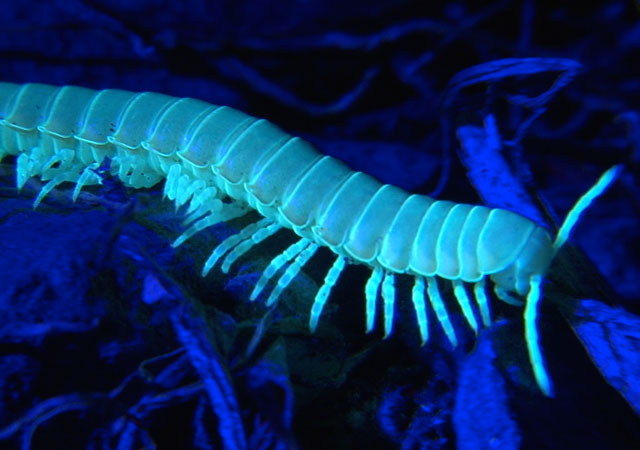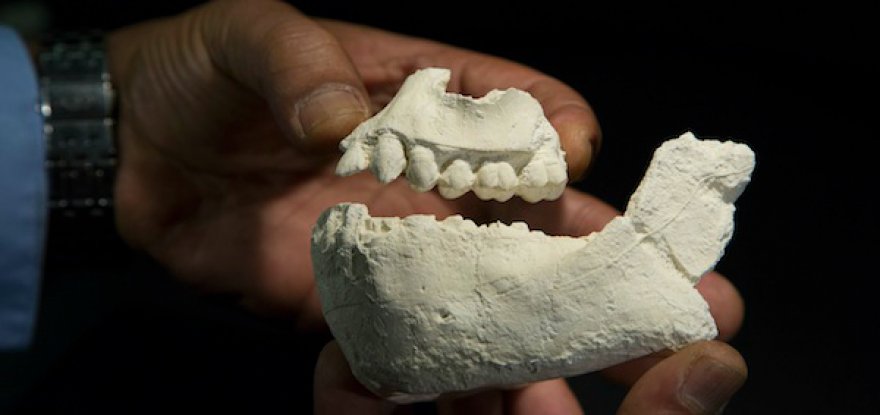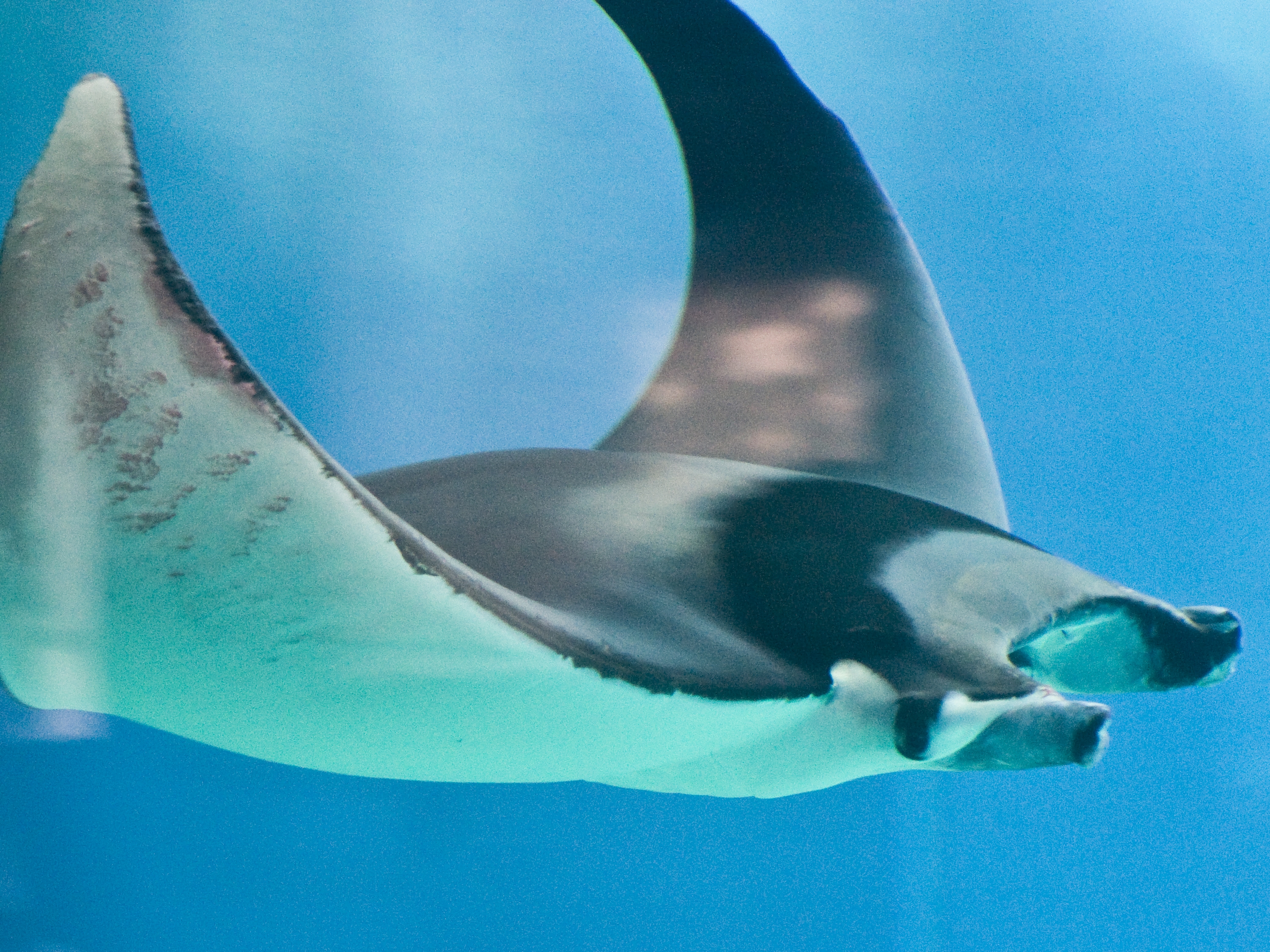Although many of us take for granted the fact that we can simply hit a switch and be flooded with artificial light, around one billion people in the world still live without electricity.
This means a lot of people are relying on dangerous and expensive kerosene lamps to provide them with light to study, work and cook after dark.
This kinetic energy then powers a drive sprocket and polymer gear train that lights up the LED as it goes.
Once the weight gets to the floor, the light goes out and you need to repeat the process, but each pull provides you around 20 to 30 minutes of light, depending on how high you lift the weight up in the first place.
The team is now crowd-funding the second version of GravityLight on Indiegogo, with the hope that they can raise US$199,000 in order to make their light brighter, longer-lasting and easier to use.
GravityLight will be initially targeted to families in developing countries, with an initial focus on Kenya, and the team is hoping to provide local jobs by creating and selling the lights over there.
Of course, the best thing about gravity is that it's free, so once the initial investment has been made, the lights literally cost nothing to run.
This means a lot of people are relying on dangerous and expensive kerosene lamps to provide them with light to study, work and cook after dark.
This kinetic energy then powers a drive sprocket and polymer gear train that lights up the LED as it goes.
Once the weight gets to the floor, the light goes out and you need to repeat the process, but each pull provides you around 20 to 30 minutes of light, depending on how high you lift the weight up in the first place.
The team is now crowd-funding the second version of GravityLight on Indiegogo, with the hope that they can raise US$199,000 in order to make their light brighter, longer-lasting and easier to use.
GravityLight will be initially targeted to families in developing countries, with an initial focus on Kenya, and the team is hoping to provide local jobs by creating and selling the lights over there.
Of course, the best thing about gravity is that it's free, so once the initial investment has been made, the lights literally cost nothing to run.
source: go here










